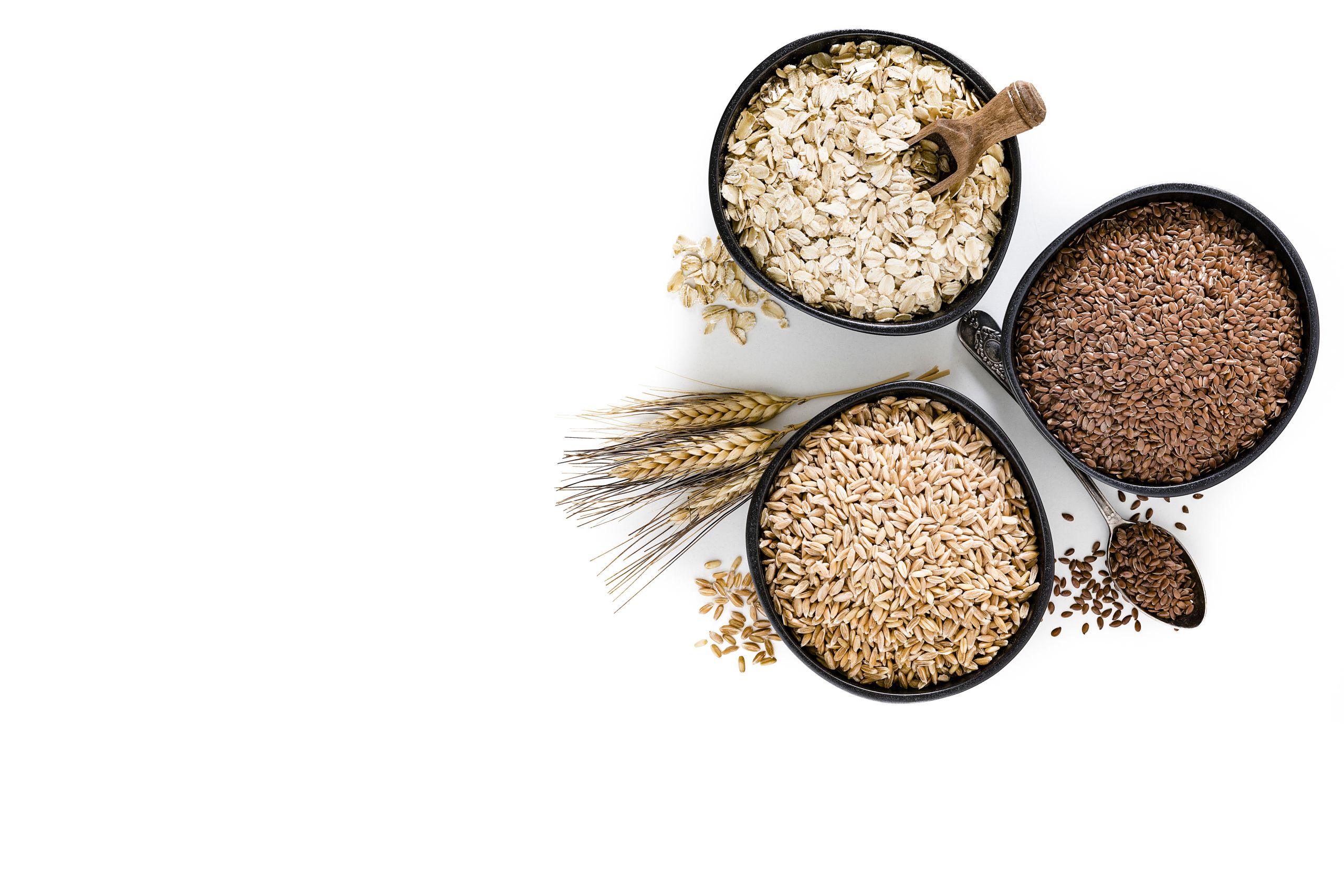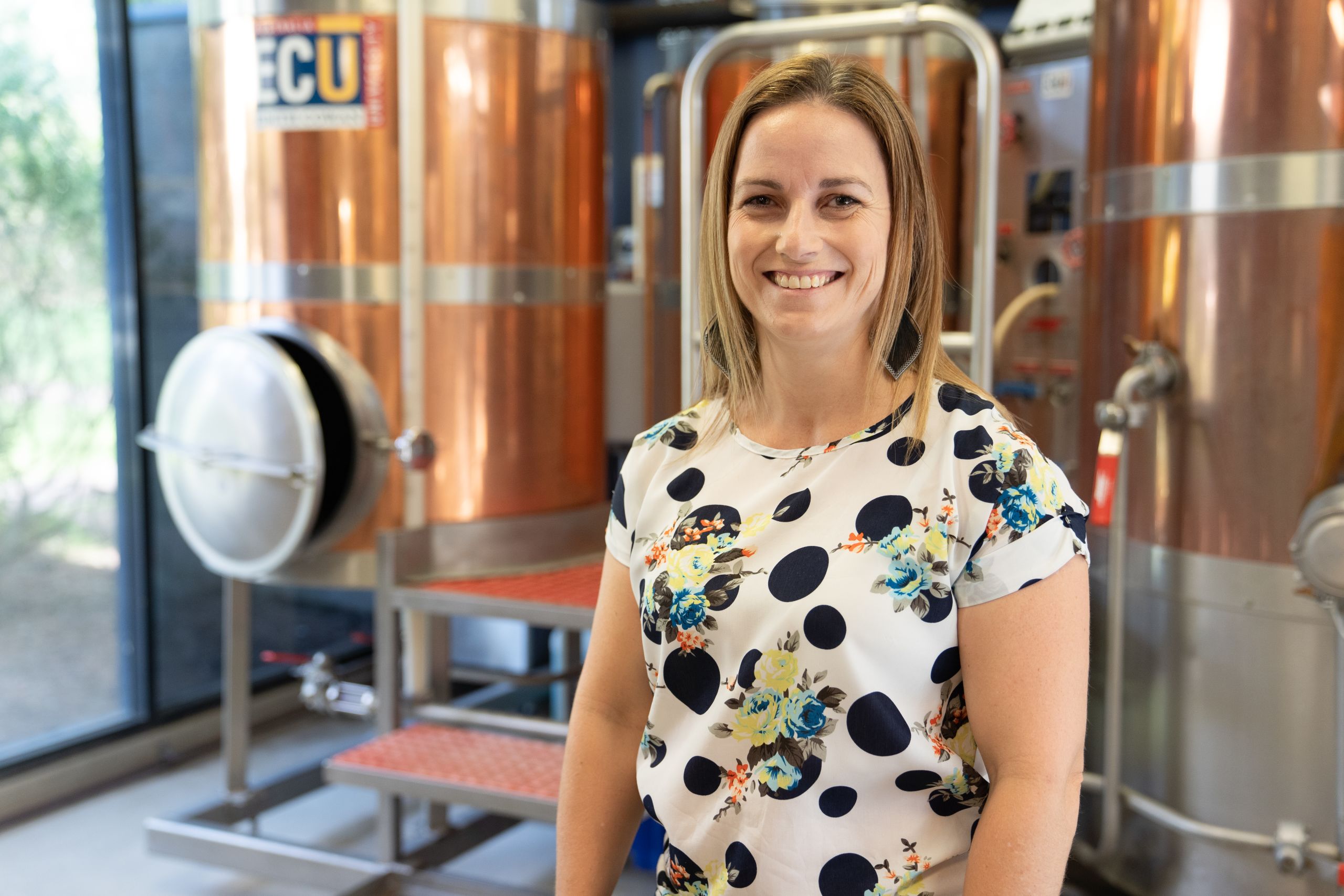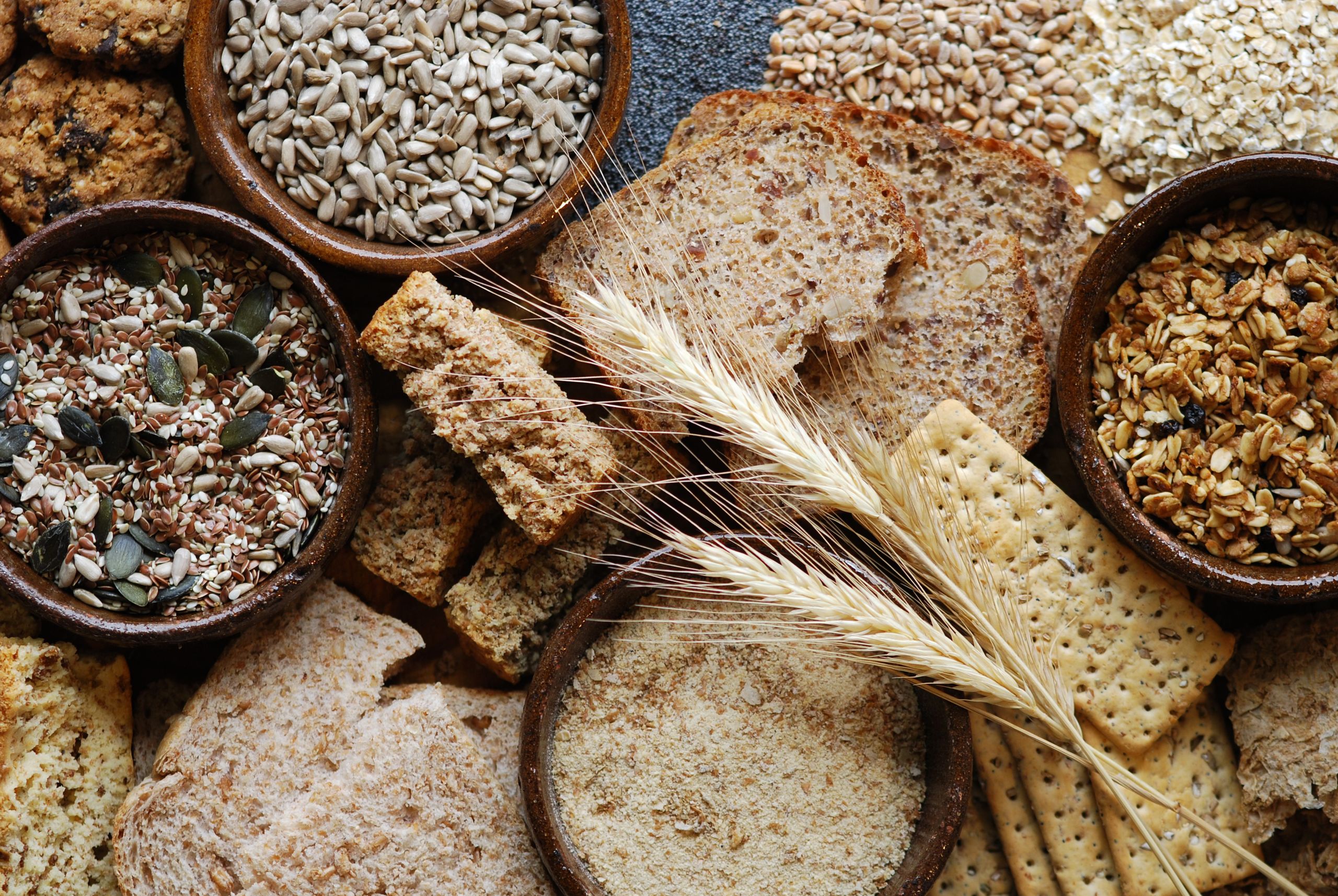Finding Hidden Gluten
Edith Cowan University Research Improves the Safety Profile of Food

Gluten is a family of proteins found in certain grains such as wheat, rye, and barley. When mixed with water, it forms a sticky, glue-like substance. This can be difficult to digest, causing bloating, and for a small proportion of people there can be more serious health consequences. Celiac disease is a relatively common gastroenterological disease affecting approximately 1.4 percent of the world’s population, or 100 million people.
When consumed by a person with celiac disease, gluten triggers an autoimmune response whereby the body treats the gluten as an antigen. This leads to the immune system attacking the delicate lining of the gastrointestinal tract and causing severe inflammation. Symptoms include diarrhea, malabsorption, and weight loss. For some people, attacks can be triggered by very small quantities of gluten in the diet, whilst others can consume greater amounts of gluten before exhibiting symptoms. However, the potential for sustaining long-term organ damage may exist even in those who do not develop acute responses. Gluten intolerance is a less severe example of sensitivity, whereby people can experience bloating and pain following consumption of gluten.
For some time, advocacy groups have expressed concerns about the accuracy of labeling of foods and drinks as gluten-free and a number of campaigns have sought to raise the profile of the issue and highlight the importance of developing methods that can identify very small levels of gluten. The current agreed threshold for safe levels of gluten in foods is 20 parts per million, or 0.002%.
Research at the Edith Cowan University is improving the ways we identify and quantify the presence of gluten in foods and drinks. Michelle Colgrave, a professor of Food and Agricultural Proteomics in the School of Science who leads this research, believes that current methods of analyzing foods can be inaccurate and lead to people being adversely affected by foods thought to be gluten-free.

Michelle Colgrave, professor of Food and Agricultural Proteomics, Edith Cowan University
Michelle Colgrave, professor of Food and Agricultural Proteomics, Edith Cowan University
Hitherto, the predominant method for analyzing the gluten content of food and drink has been through the use of immunoassays, the use of antibodies that bind to gluten proteins. This method gives information on how the body responds to glutens. However, although this method can detect gluten in raw foods, it is less effective at identifying ‘hidden’ glutens, such as those that have undergone chemical changes through cooking or processing, or those that may have contaminated foods during the production process. In particular, processes such as fermentation can bring about changes in the gluten protein that renders them difficult to detect using immunoassays.
Colgrave’s research studies gluten and other proteins with similar properties by using mass spectrometry. Analysis of proteins using this method is known as proteometry. She explains that glutens are not the only proteins that can cause problems in the diet. Improving the safety of agriculture and food requires that we understand more about the particular family of proteins to which gluten belongs and their impact on health.


Use of proteomics can overcome some of the limitations of current methods of antibody testing. One of these limitations is that testing for antibodies lacks the specificity to identify particular glutens. Another drawback of immunoassay methods is that testing is usually carried out on raw foods, which fails to acknowledge the impact of potential changes undergone by these proteins when they are heavily processed or hydrolyzed, as in the example of fermented products such as soy sauce or beer. The researchers hope their findings will improve accuracy of food labeling not only for those suffering from celiac disease but also to inform people who are gluten intolerant or who are choosing to adhere to a gluten-free diet.
During this kind of analysis, proteins are broken down using enzymes such as trypsin that act like ‘molecular scissors’ into their constituent building blocks, which are known as peptides. Mass spectrometry is then used to measure the mass of these peptides. Each protein is made up of specific peptides, so this kind of analysis provides key information about the original protein from which they were derived.
“We measure two things: the mass, and the ‘fingerprint’ or sequence, of each peptide. This inspection can be built back up into an understanding of which proteins were present in the original sample.”
Such data can be derived from samples even where the protein has undergone structural changes during food processing and manufacture.
These methods can aid better understanding of the safety profile of foods on the market. It is vital to understand what happens to gluten in products such as soy sauce where the raw materials include wheat or barley, but a long fermentation process may alter the protein in such a way that it is difficult to detect whether it persists in the final product.
Colgrave works across two laboratories, one at Edith Cowan University supported by the School of Science, and the other at CSIRO, a national research agency in Australia. This dual role has enabled her team to investigate gluten detection more broadly, and includes a number of collaborations with immunologists and celiac societies and organizations that look to certify materials as gluten-free.
Development of these technologies can enhance consumer safety and help to build a reliable means of supporting manufacturers to adhere to labeling regulations. The current technology required for mass spectrometry analysis demands high-end equipment and specific scientific expertise, so Colgrave believes it is unlikely to have a direct role in food manufacture. She suggests that at this stage it is best seen as a “complementary technology, giving foundational knowledge to develop other methods that are easy to deploy, rapid and user-friendly.” She hopes that in the future, biosensors can help to provide immediate readouts, potentially linked to smartphones or other devices, to inform consumers about the gluten content of food and drink.


